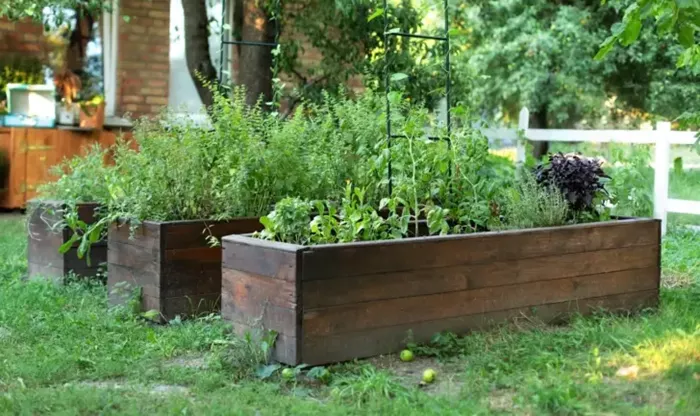Invasive plants can quickly spread throughout a garden, sometimes even extending into neighboring yards if left unchecked. This concern sparked a discussion on Reddit, where one homeowner shared their worries about a neighbor’s fast-growing plant.
The homeowner posted a picture showing a raised bed in their neighbor’s yard, where a large mint plant was seen growing beyond the bed and spreading across the lawn. The homeowner, noting the raised bed was near the property line, asked, “How long do I have until my front lawn becomes a mint farm?”
The homeowner’s concern is valid. Certain types of mint are known to be invasive and can rapidly take over a space. These plants compete with native species for resources like water, sunlight, and nutrients, often outpacing them. This leads to a reduction in native plant populations, harming biodiversity and wildlife habitats.
Invasive plants are not only difficult to control but also time-consuming to manage. Removing these plants often involves hours of pulling or using chemicals, which can pose risks to people, pets, and surrounding healthy plants.
Switching to native plants is one solution. Native plants, which are better suited to the local environment, typically require less water, helping to reduce water bills. They also eliminate the worry of invasive plants taking over, while keeping your garden thriving. Additionally, replacing invasive species with native plants can save time and money in the long run.
Another option for a low-maintenance yard is to use natural lawns made of clover or buffalo grass. These require less water and don’t need frequent mowing, offering both time and cost savings. Furthermore, natural lawns and native plants provide valuable habitats for local wildlife, including pollinators, which are crucial for food production and environmental health.
In response to the original post, several commenters shared similar concerns. One user noted, “I think it’s well on its way to being your mint. I see it all through that yard!”
Related topics:
- Harsh Weather Has Taken Its Toll on Even the Toughest Plants
- Devastating Declines: New Data Shows Why So Many Plants and Animals Struggle After Wildfires
- City Hosts Native Plant Giveaway and Guided Tour at Legacy Park


